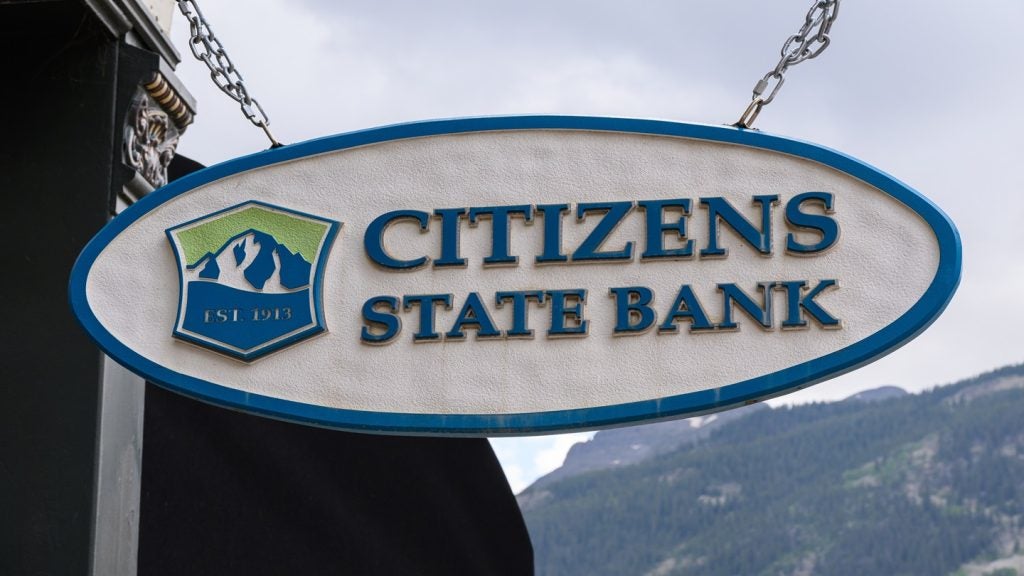
The Reserve Bank of India (RBI) – the country’s apex bank – is looking to incorporate a four-layered structure for governing non-banking finance companies (NBFCs) in order to prevent the disruption caused by the the failure of such a firm.
In a discussion paper, the central bank has proposed a framework for NBFCs that comprises a base layer, middle layer, upper layer as well as a possible top layer.
The proposal seeks to bring 25-30 large NBFCs at par with India’s state-owned and private commercial lenders.
The division of the NBFCs will be based on various factors such as size, leverage, interconnectedness, substitutability, complexity and nature of activity.
“Higher risk appetite of NBFCs (non-banking financial companies) has contributed to their size, complexity and interconnectedness making some of the entities systemically significant, posing potential threat to financial stability,” the central bank stated.
The base layer will comprise non-systemically important NBFCs, NBFC P2P lending platforms, NBFC-account aggregator, non-operative financial holding companies along with type-I NBFCs.

US Tariffs are shifting - will you react or anticipate?
Don’t let policy changes catch you off guard. Stay proactive with real-time data and expert analysis.
By GlobalDataThe middle layer will include systemically important NBFCs, deposit taking NBFCs, housing finance companies, infrastructure finance companies, infrastructure development funds, standalone primary dealers and core investment companies.
The upper layer will include systemically significant NBFCs. These entities will be sorted out through a parametric assessment that will involve quantitative and qualitative parameters/supervisory judgment.
The top layer will remain empty currently, noted the central bank.
Besides, the central bank has proposed that NBFC entry rules be made stricter by raising the minimum net owned funds requirement to INR200m ($2.74m) from the current requirement of INR20m.
At the same time, it proposed common equity tier 1 norms of 9% for NBFCs in the upper layer.
The RBI has called for feedback for the proposal prior to make a final decision on the issue.
“Comments on the Discussion Paper are invited from NBFCs, market participants and other stakeholders within one month from this date,” the central bank said.
Background
The latest proposal has been floated in the backdrop of the prevailing turbulence in the country’s NBFC space lately.
In 2018, Infrastructure Leasing and Financial Services (IL&FS) defaulted on its debt obligations and collapsed, triggering a liquidity crunch.
The collapse of IL&FS caused a major turmoil across the country’s financial services sector and banks started becoming careful about lending money to such institutions.
The shares of Dewan Housing Finance (DHFL) also took a hit after the failure of IL&FS. The company came under stress and had to offload several of its businesses to pay back debt.
Matters became worse for the firm when DHFL promoters Wadhawan brothers were arrested for financial irregularities.







